Top Stories
A look back at the flooding of 1983 as Utah gears up for heavy spring runoff
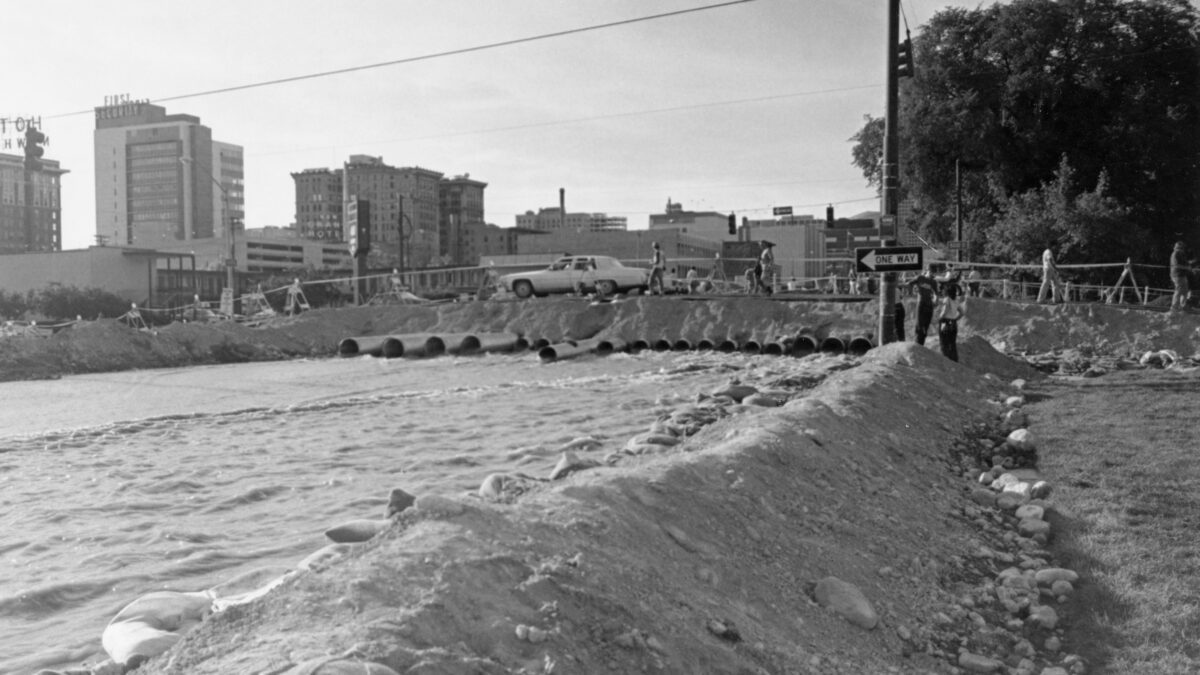
The "State Street River" as it was termed during the 1983 flooding in Salt Lake City. Photo: Courtesy of the Utah Historical Society.
PARK CITY, Utah — While not to downplay the drought benefits from the high snowpack and the enjoyment of an extended ski season, the conversation of what happens when the snowpack starts to melt is not to be overlooked. Mud season is arguably the most annoying time of year for everyone trying to hike or even walk their dog. It’s a reality that is likely to be on another level this spring as this year’s snow water equivalent is the highest in 26 years at this point in the winter season. To put it plainly, with big winters comes heavy spring runoff, but will it be a problem?
Over the years, Utah has had its share of problematic spring runoff flooding, but none are more troubling than that of 1983. That year saw extensive flooding across the state, with some of Salt Lake City’s roadways looking more like a river than a street. Many areas either meet or exceed the 100-year flood totals. The term 100-year flood is a simplified definition, but broken down; it equates to a 1% chance flood levels reaching a particular level occurring in any given year.
Currently, the snowpack is higher than in 1983 at the same point in the year. While snowpack level is a factor to compare when forecasting potential spring runoff conditions, many other contributing factors allowed for the 1983 flooding and its subsequent $621 million in damages to occur.
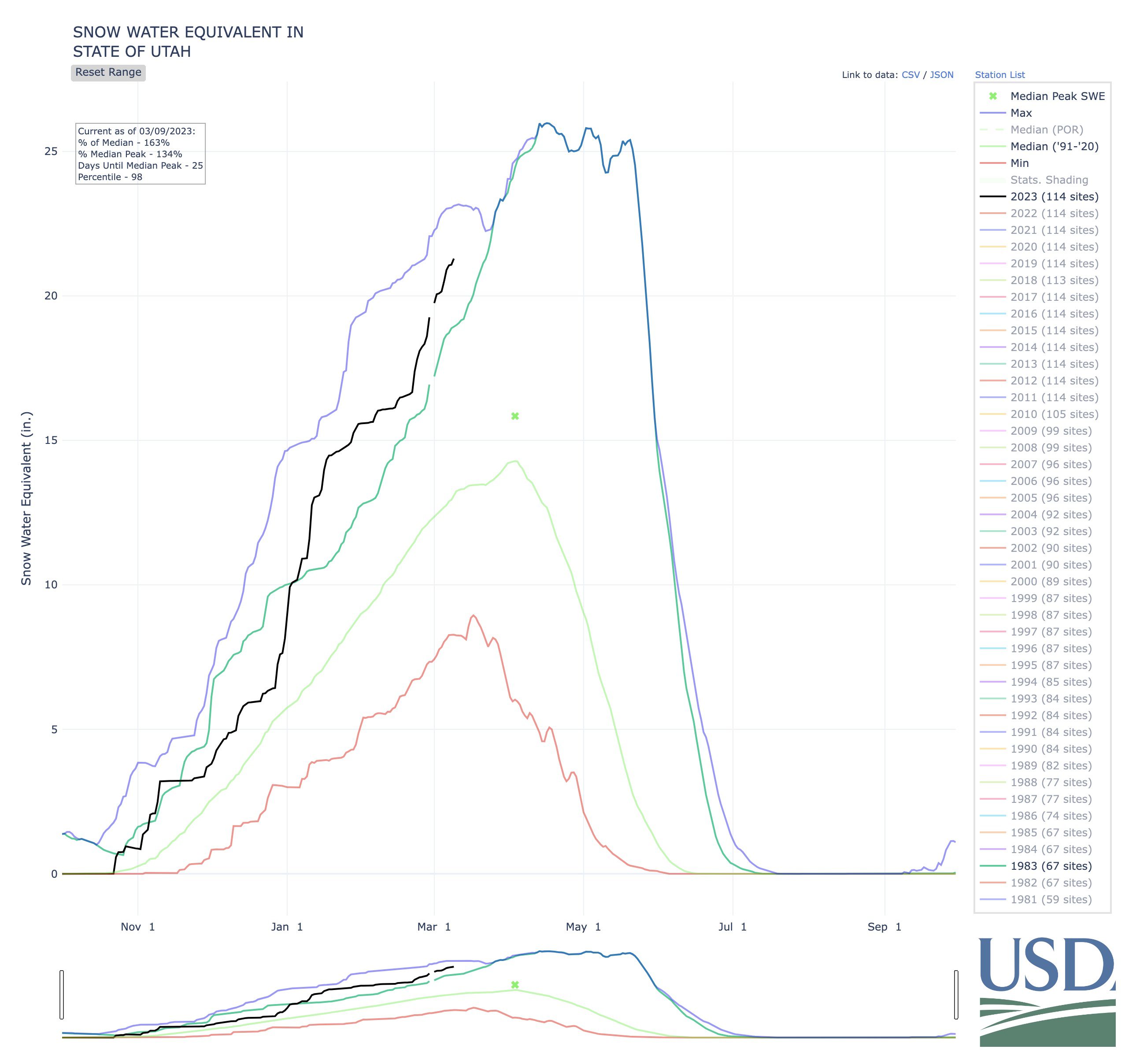
Conditions that created the 1983 flooding
1983 saw a continuous rise in snowpack levels that consistently carried around 25 inches of snow water equivalent on average till late May. While this is a combined measurement, there were areas far exceeding it, according to a compiled study of the event the following year by the U.S. Geological Survey. As of May 27, 1983, the snow depth at 8,000 feet in Farmington Canyon was 102 inches with a water equivalent of 51.8 inches, according to the U.S. Soil Conservation Service. That measurement was 400% above the average 12.4 inches.
A typical spring in Utah will have varied temperatures where melt can occur and refreeze when mountain temperatures cool. This was not the case in 1983, as cool and wet conditions carried on longer than usual, allowing snowpack retention at altitudes of 6000 to 7000 feet. May also saw above normal precipitation levels, with .4 inches occurring on June 1 alone at the Utah State University Field Station in Farmington. Pairing the rainfall and the rapid rise in temperatures created the perfect conditions for rapid snowpack melting. All of these factors, combined with already high flow, created a perfect storm of ingredients for a 100-year flood to occur.
On this date in 1983: the "State Street River" was formed! What are your memories from Utah's flooding in 1983? #utwx pic.twitter.com/9phHm84esU
— NWS Salt Lake City (@NWSSaltLakeCity) May 29, 2017
Utah was not in a drought in 1983 and hadn’t been for multiple years. In May of that year, many areas were at least at severe wet levels, with some venturing into extreme wet and even the highest level of exceptional wet.When the rapid melting occurred in 1983, the saturated soil could not contain the extra water. At its peak, Stone Creek’s discharge, 3,300 cubic feet per second, was over 40 times the maximum previously known flood discharge of 82 cubic feet per second.
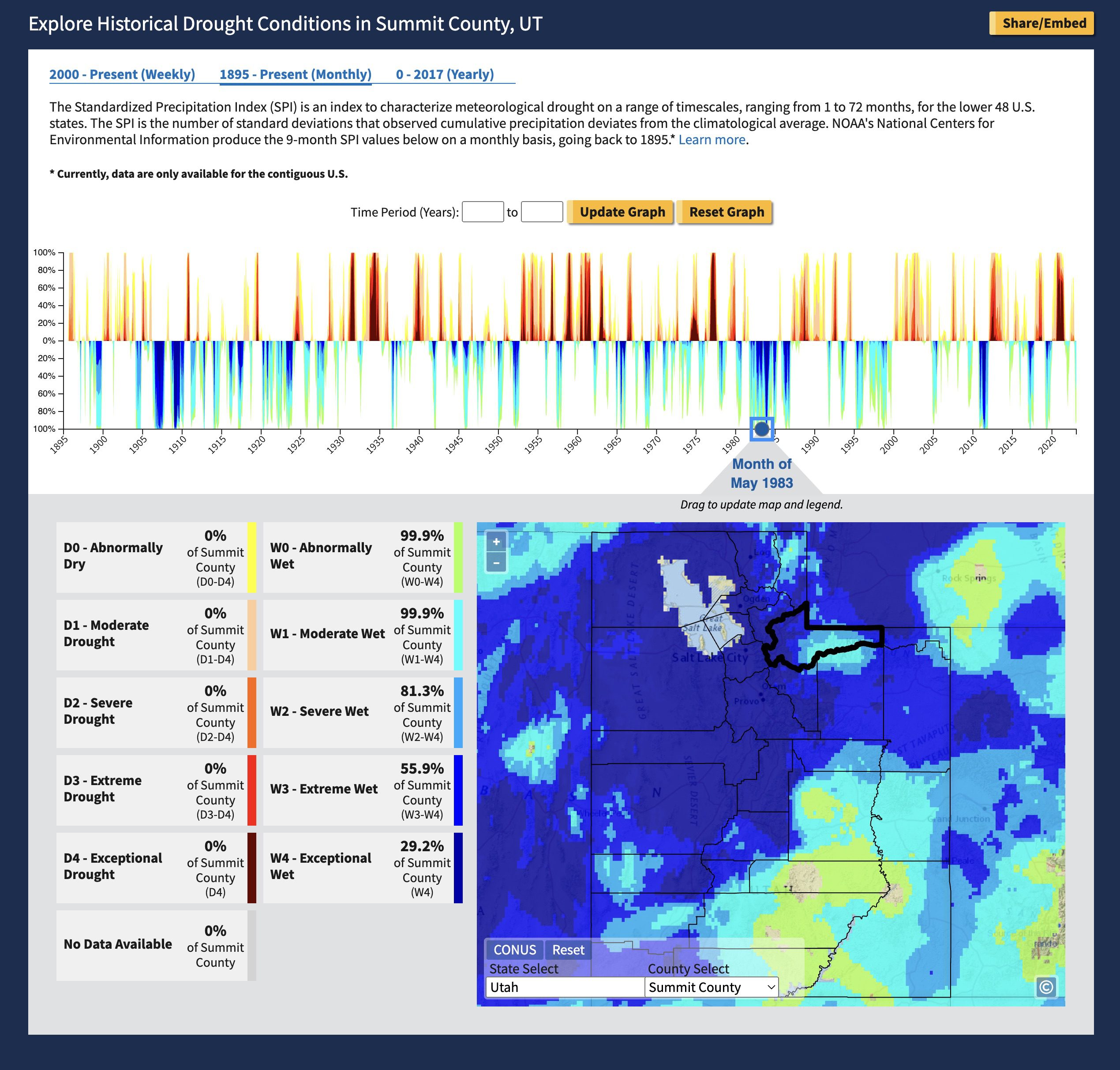
Comparing a “100-year flood” to 2023 conditions
In Contrast, Utah is only just recovering from a severe multiyear drought, with 87% of the state still at least rated as moderate drought. All one has to do is look at where the homes around Jordanelle Reservoir are located in relation to the water and see that levels are low. Jordanelle Reservoir is at 59% capacity while Deer Creek Reservoir is at around 61%, and Utah Lake is at 55%; when the Upper Provo River flow picks up with snow melt, there will be large areas for it to go before it eventually ends up in Utah Lake. Across the state, reservoirs are well below capacity, with only five above 80%.
This is not to say that streams and rivers could not go over their banks and cause damage, but the odds of it reaching the levels of 1983 are infinitesimally low with current conditions. Even if the trend in precipitation and cool temperatures continued as it did in 1983, other factors would not match up. The following year, 1984, had a higher snowpack on April 1 but had a more orderly runoff leading to few issues.
Preparing for the possibilities
The 2023 spring runoff could go in a variety of ways and will have its own factors affecting conditions. Regardless of the likelihood of potentially adverse outcomes, preparations are already in place if the worst should occur. The Salt Lake City Department of Utilities has started controlled water releases from Little Dell and Mountain Dell Reservoirs, allowing for a higher capacity of snowmelt. The city has also been stockpiling sandbags that could help divert water away from homes and other essential places.
Due to significant snowpack SLCPU has started controlled water releases from Little Dell and Mountain Dell Reservoirs. Parleys Creek will be moving fast and the water is cold. Be careful around creeks and rivers. #floodcontrol #sugarhousepark #snowpack #wasatch #canyon pic.twitter.com/WUtGzwR2k2
— SLC Department of Public Utilities (@SLCPU) March 1, 2023
In her State of the City Address, Mayer Nann Worel mentioned that natural disasters were an area of concern and said that an internal team has been preparing for any possibility of flooding due to the spring runoff. The Park City Fire District and Park City Municipal have flooding guides on what to do and how to stay safe. According to the National Weather Service’s Advanced Hydrologic Prediction Service, the Probability of McLeod Creek in Park City rising to the levels of flooding becoming a concert is between 10-25%, with the highest potential between May 25 and June 1.
See the National Weather Service website to find information on flash flood forecasts and water levels at rivers with future forecasted levels. Additional information on flooding preparedness can be found at Ready.Gov.

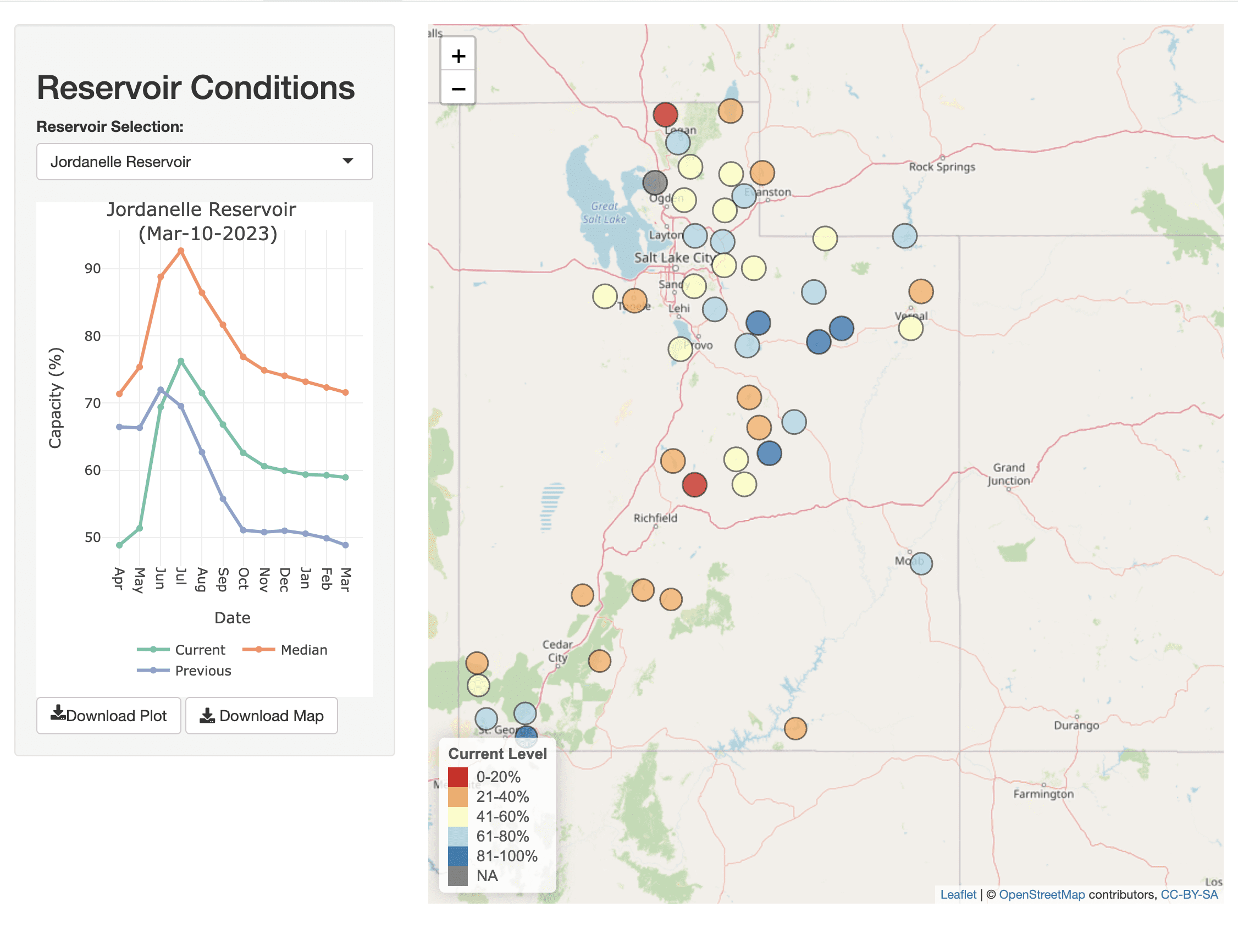
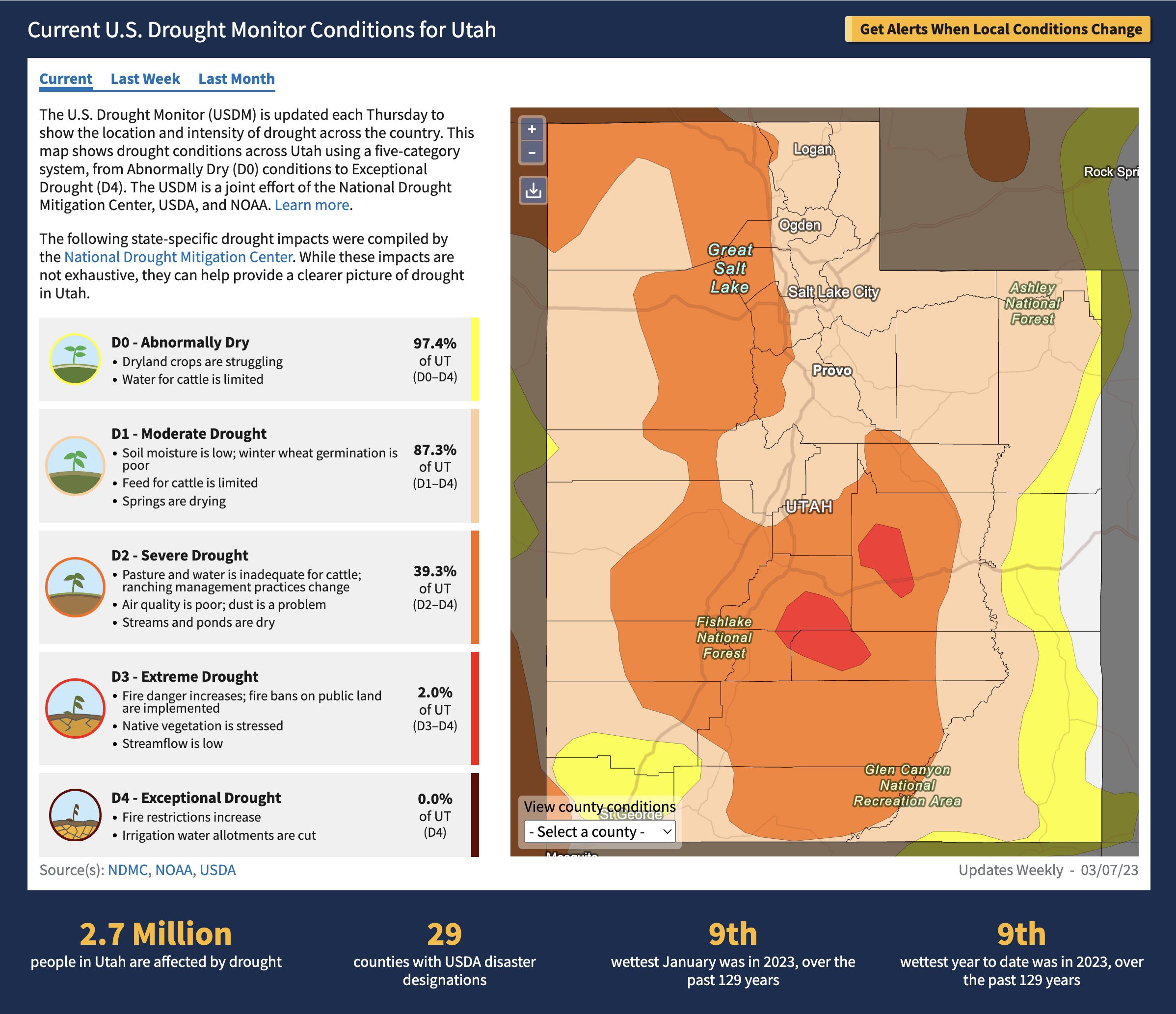










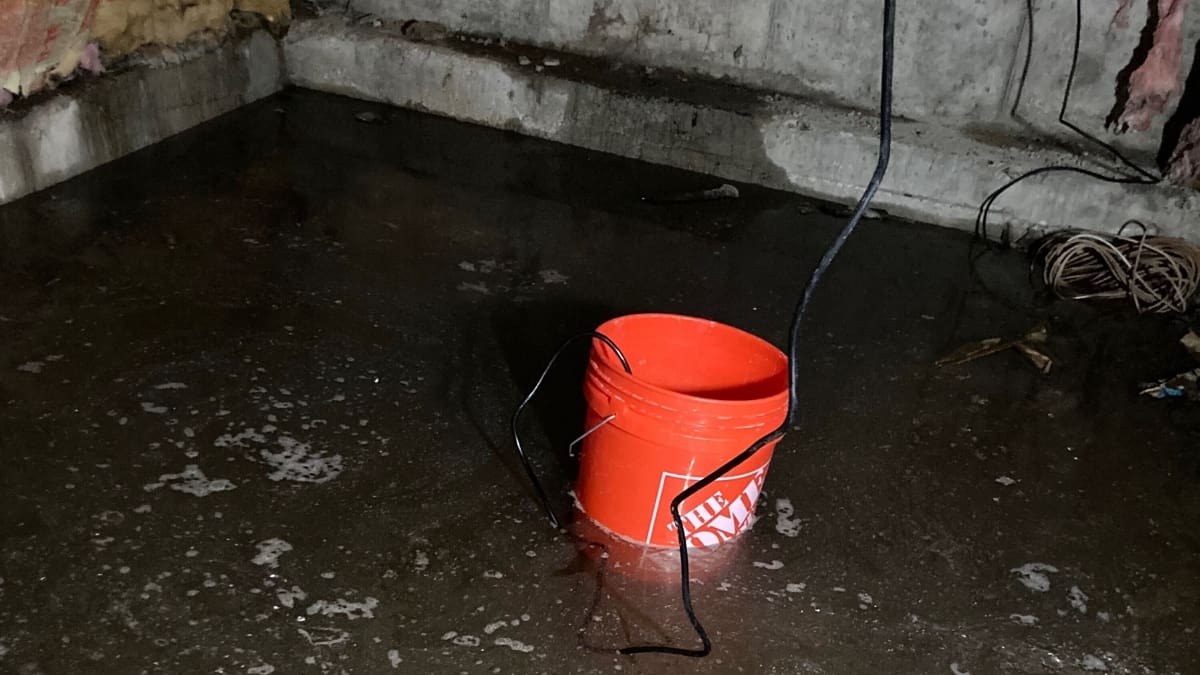

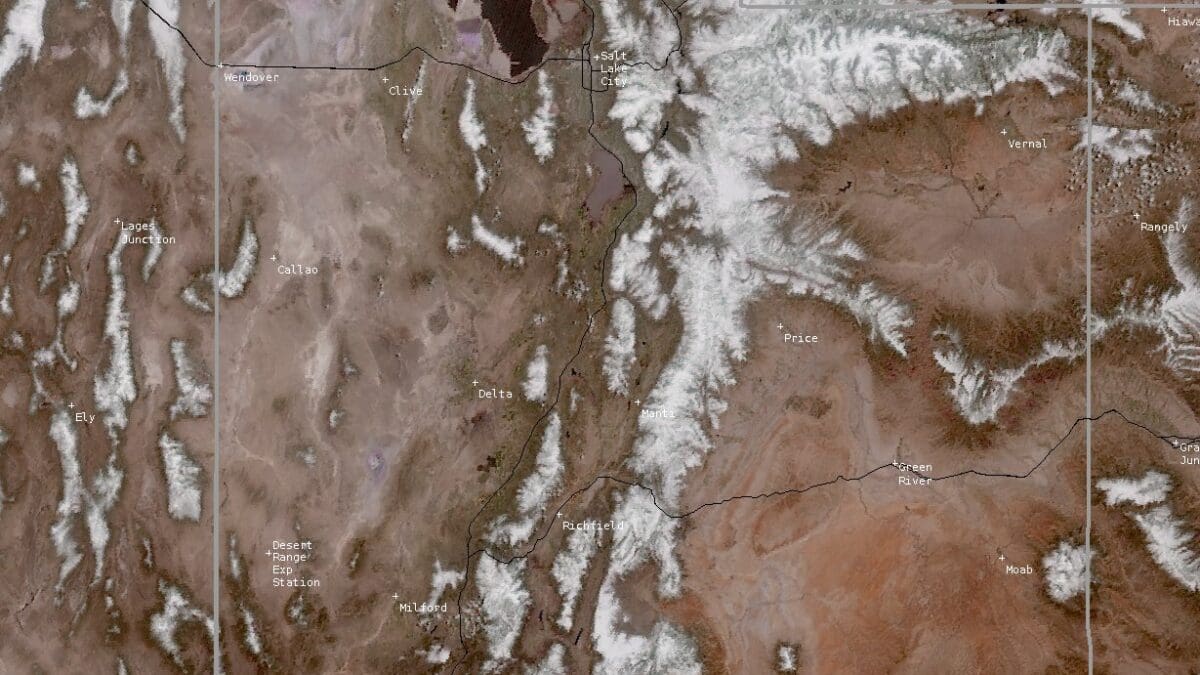
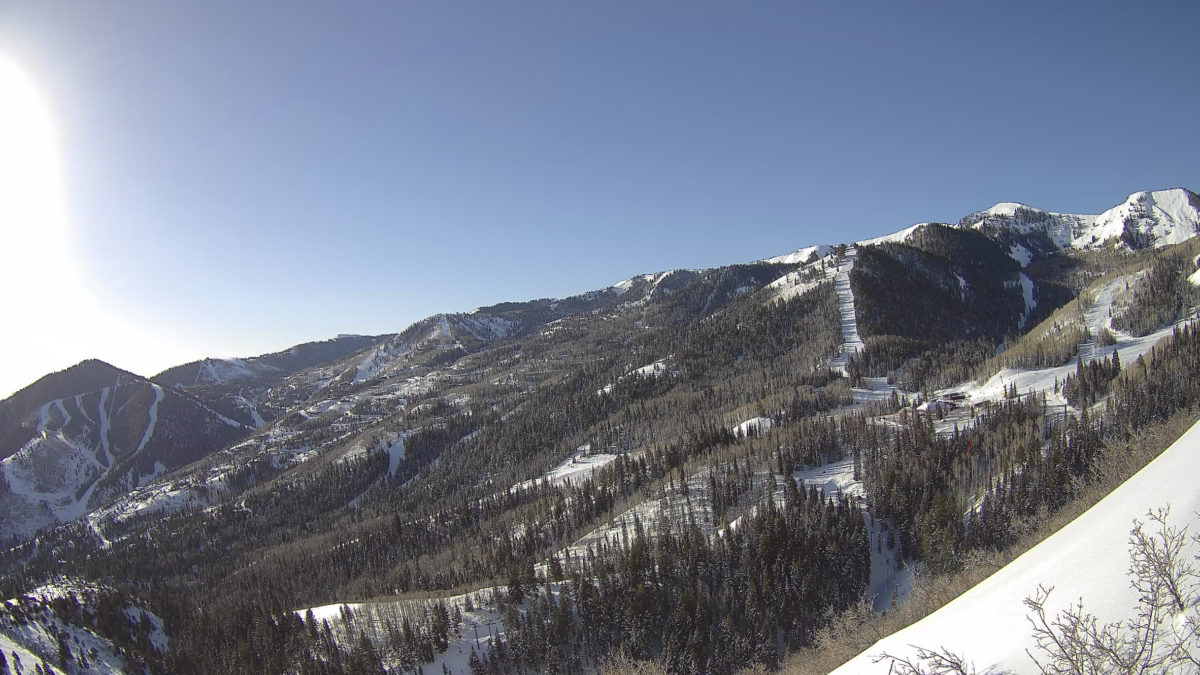


You must be logged in to post a comment.